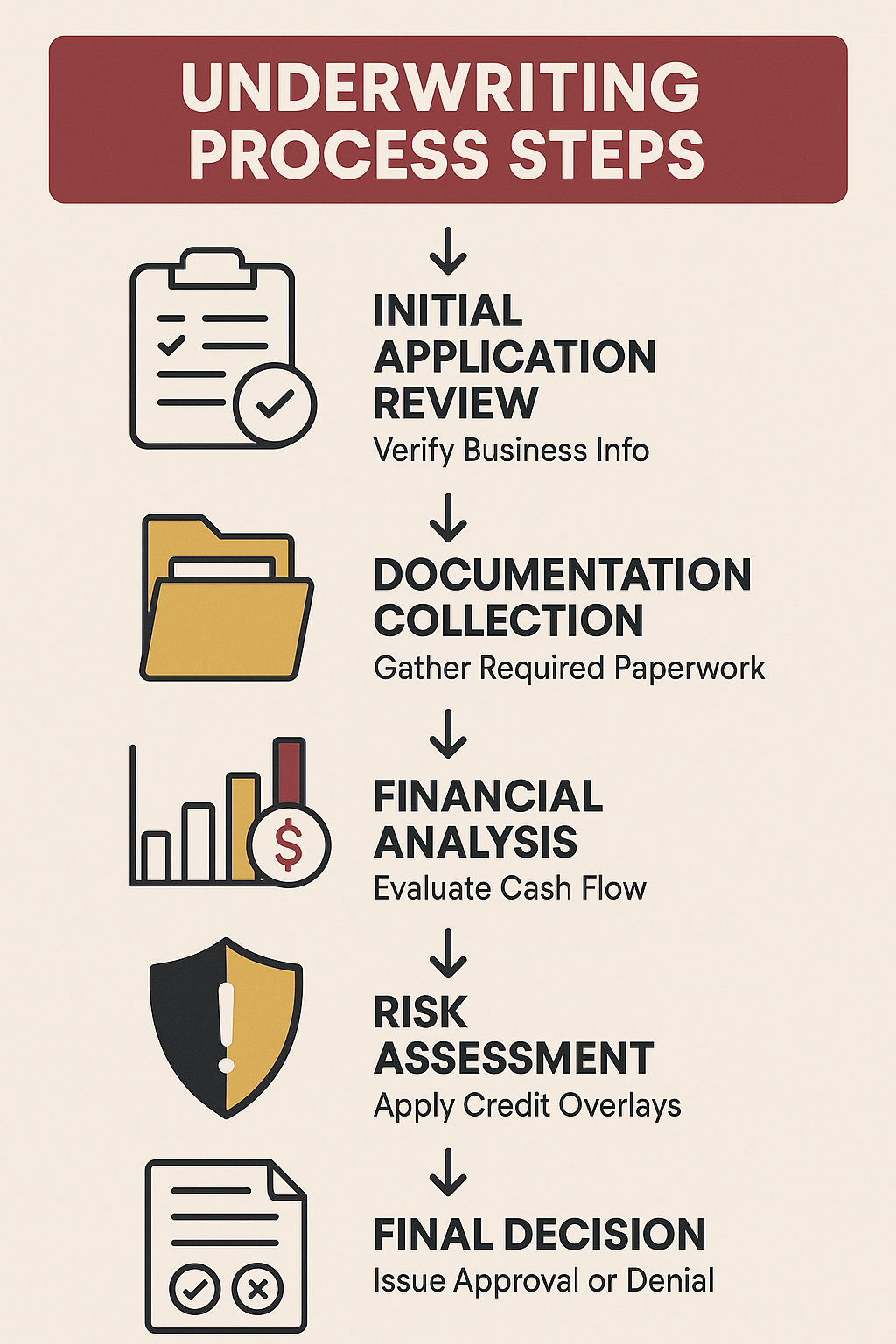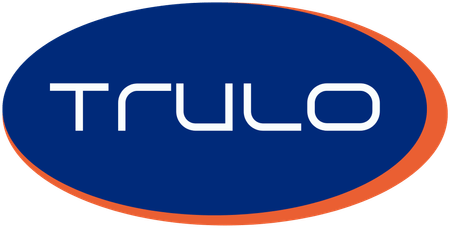Understanding how underwriting works in alternative lending can help small business owners prepare stronger applications and secure funding faster. Unlike traditional banks, alternative lenders often use different evaluation methods, timelines, and criteria to assess loan applications.
What Makes Alternative Lending Underwriting Different
Alternative lending underwriting typically differs from traditional bank processes in several key ways. These lenders often rely more heavily on technology and data analysis rather than lengthy manual reviews. Many alternative lenders use partner banks to provide additional oversight and compliance, which can affect both loan terms and the overall evaluation process. This partnership structure may influence how applications are processed and what documentation might be required during the underwriting phase.
The Step-by-Step Alternative Lending Underwriting Process

The alternative lending underwriting process generally follows these key stages:
- Initial Application Review: Lenders verify basic business information and conduct preliminary eligibility screening
- Documentation Collection: Required paperwork is gathered, often including bank statements and revenue records
- Financial Analysis: Bank statement analysis and revenue consistency evaluation are performed using automated or manual methods
- Risk Assessment: Credit overlays and additional risk factors are applied based on business type and financial profile
- Final Decision: Approval, denial, or conditional approval is issued with specific terms and conditions
Key Factors Alternative Lenders Evaluate
Alternative lenders typically focus on several critical areas when reviewing applications:
- Revenue Consistency: Regular cash flow patterns demonstrated through bank statements and financial records
- Bank Statement Analysis: Detailed review of deposit patterns, transaction history, and account management
- Business Performance Metrics: Overall financial health indicators and operational stability measures
- Industry Risk Factors: Sector-specific considerations that may affect repayment ability
- Credit Overlays: Additional risk assessment criteria beyond standard credit scores
Automated vs Manual Underwriting in Decision Timelines
The choice between automated and manual underwriting significantly impacts decision timelines in alternative lending. Automated systems can process applications much faster, potentially providing decisions within hours or days rather than weeks. However, more complex business situations or applications that fall outside standard parameters may require manual review, which extends the timeline but allows for more nuanced evaluation. Artificial intelligence integration is increasingly enhancing both speed and accuracy in credit decisions, helping lenders provide more tailored loan products.
Understanding how underwriting works in alternative lending helps business owners prepare more effectively for the application process. By organizing documentation in advance and knowing what lenders evaluate, businesses can potentially speed up approval timelines and improve their chances of securing favorable terms.

.png)






